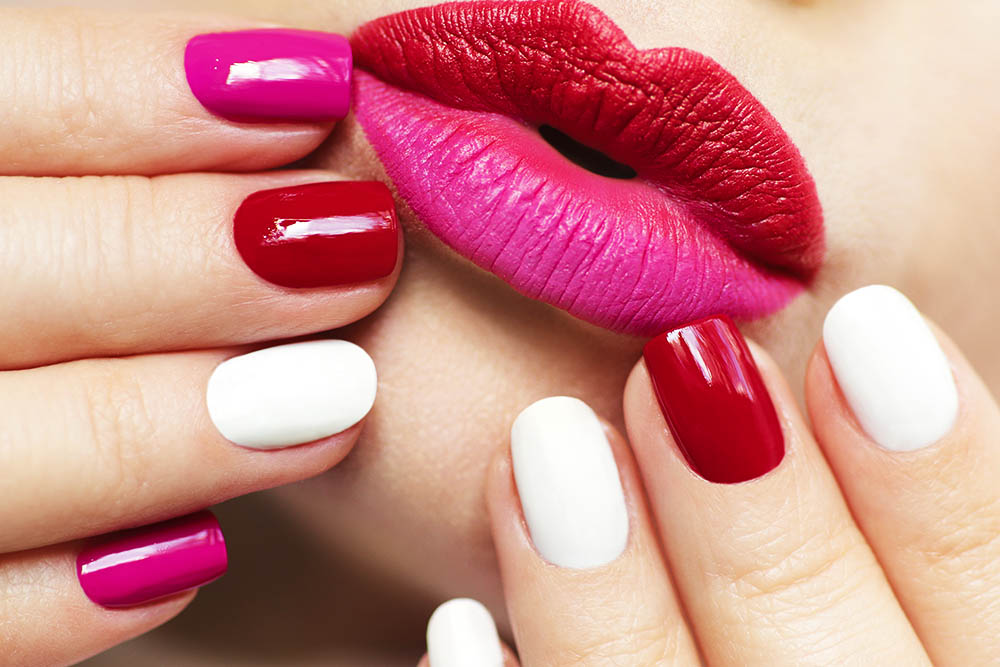Nail polish has been around for centuries. Indeed, it dates back to ancient China when the royal family would use a combination of beeswax, egg whites, and dye to color their nails. Today, nail polish is one of the most readily available and accessible beauty items on the market. With so many shades, textures, and finishes available, there’s no excuse not to experiment with nail polish and transform your look in seconds.
The History of Nail Polish
As mentioned earlier, nail polish dates back to ancient China. It then spread to other parts of Asia and the world, with different cultures using different ingredients to make their polishes. For example, Indians used henna to dye their nails, while the ancient Egyptians used a combination of red ochre, henna, and iodine. In the early 20th century, the modern nail polish as we know it today was invented. It consisted of nitrocellulose, which improved the shine and durability of the polish.
The Importance of Nail Polish
Nail polish has several benefits, beyond simply making your nails look pretty. First, it can protect your nails from environmental stressors, such as chemicals, water, and dirt. Second, it can strengthen your nails, which is particularly important if you have weak or brittle nails. Third, it can be an expression of your personality, helping you to stand out from the crowd and look more put-together.
The Different Types of Nail Polish
There are several different types of nail polish to choose from, depending on your needs and preferences.
-Standard polish: This is the most common type of nail polish, and it’s what you’ll find in most drugstores and beauty supply stores. It comes in a variety of shades, textures, and finishes, and it’s easy to apply and remove.
-Gel polish: Gel polish is a newer type of polish that’s designed to last longer than standard polish. It’s cured under a UV or LED light, meaning it doesn’t dry on its own. Gel polish is more durable than standard polish and can last for up to three weeks without chipping.
-Acrylic nail polish: This is a type of nail polish that’s designed to be used with acrylic nails. It’s thicker than standard polish and is applied with a brush. Acrylic polish can be used to create 3D designs or textured finishes.
Tips and Tricks for Applying and Removing Nail Polish
To get the most out of your nail polish, it’s important to know how to apply and remove it properly. Here are some tips and tricks to help you:
-Always start with clean, dry nails. Remove any old polish and make sure your nails are clean and dry before applying new polish.
-Apply a base coat. A base coat helps to protect your nails and makes your polish go on more smoothly.
-Apply two coats of polish. Two coats of polish are typically enough to get a nice, even color.
-Apply a top coat. A top coat helps to seal in your polish and give it a shiny finish.
-Use acetone to remove polish. Acetone is the most effective way to remove polish, but it can be drying to your nails. If you have sensitive nails, try using a non-acetone remover.
-Don’t pick at your nails. Picking at your nails can damage them and make them weaker. If you want to remove your polish, use a proper nail polish remover.
The Psychology of Nail Polish
Nail polish has a psychological impact on both the wearer and the observer. For the wearer, it can boost confidence, improve mood and make you feel more put-together. For the observer, it can convey a certain image or personality. For example, someone wearing bright red nails might be perceived as confident and sexy, while someone wearing pastel pink might be seen as sweet and innocent.
The Cost of Nail Polish
Nail polish is a relatively low-cost beauty item. Standard polish can cost anywhere from $1 to $10, while gel polish can set you back around $20. Acrylic polish is a bit pricier, ranging from $10 to $30. There are also expensive brands of nail polish, such as Chanel and Christian Louboutin, which can cost upwards of $50.
The Risks of Using Nail Polish
While nail polish is generally safe to use, there are some risks to be aware of. Firstly, some people may be allergic to the ingredients in nail polish, which can cause an allergic reaction. Secondly, long-term exposure to nail polish and other nail care products can lead to nail and skin damage. Thirdly, using certain removers, such as acetone, can be drying to the nails.
In Conclusion
Nail polish is a fun, affordable way to transform your look in seconds. With so many shades, textures, and finishes available, there’s no excuse not to experiment and find your perfect polish. However, it’s important to apply and remove your polish properly, and to be aware of the potential risks associated with its use. By following these tips and tricks, you can enjoy the benefits of nail polish while keeping your nails and skin healthy.
